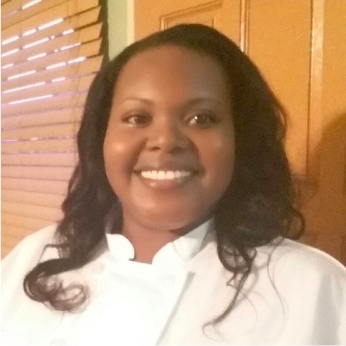Dining Etiquette in Formal and Informal Settings
- Share this post
Whether you find yourself at a formal gala or a casual dinner party, knowing the ins and outs of dining etiquette can help you navigate any dining situation with confidence and grace. Here we will explore the key differences between formal and informal dining settings and provide essential tips to ensure you make a positive impression in both scenarios.
Formal Dining Etiquette:
1. Dress appropriately: Formal dining occasions typically require more formal attire. Dress in accordance with the event’s dress code, opting for elegant and conservative attire.
2. Table setting awareness: Familiarize yourself with a formal place setting, which often includes a multitude of utensils, glassware, and plates. Start from the outside and work your way in as each course is served.
3. Napkin usage: Place the unfolded napkin on your lap immediately upon sitting down. Use it to gently dab your mouth throughout the meal. At the end of the meal, loosely fold the napkin and place it to the left side of your plate.
4. Cutlery usage: Master the art of using various utensils. Start with the outermost utensils and work inward as each course is served. Use the appropriate utensils for each type of food, following the proper handling techniques.
5. Wait for the host or senior guest: In a formal setting, it is customary to wait for the host or the most senior guest to begin eating before you start. This shows respect and indicates that you are following the lead of the honored individuals.
6. Conversations and topics: Engage in polite and pleasant conversation, but avoid controversial or sensitive topics. Keep the conversation light and enjoyable, focusing on general interests or positive experiences.
Informal Dining Etiquette:
1. Dress appropriately: Informal dining occasions allow for a more relaxed dress code. Avoid overly casual or revealing attire as it is important to dress neatly and appropriately for the occasion.
2. Table setting awareness: Informal table settings are generally simpler and involve fewer utensils and glassware. However, it is still essential to be aware of basic table settings and understand the purpose of each item.
3. Napkin usage: Similar to formal dining, place the unfolded napkin on your lap upon sitting down. Use it to gently dab your mouth as needed. At the end of the meal, loosely fold the napkin and place it to the left side of your plate or return it to the table.
4. Cutlery usage: Use the basic utensils provided, typically a fork and a knife, as necessary. If using utensils interchangeably, keep the fork in your left hand and the knife in your right hand while cutting food, then switch the fork to your right hand for eating.
5. Initiating and ending the meal: In an informal setting, it is acceptable to start eating once your food is served, or when everyone at the table has been served. There is no need to wait for a formal signal. Once you have finished your meal, place your utensils diagonally across the plate to signal that you are done.
6. Conversations and topics: Engage in friendly and inclusive conversations with those around you. Discuss common interests, share anecdotes, and listen attentively to others. Respect varying viewpoints and maintain a positive and enjoyable atmosphere.


Regardless of the dining setting, it is crucial to be mindful of your table manners, show respect to your fellow diners, and be attentive to the needs of others. Practicing proper dining etiquette not only reflects well on you but also enhances the overall dining experience for everyone involved.
To engage in our dining and etiquette training programmes for kids and adults, contact marketing@thti.edu.tt.
- Share this post
Upcoming Events:
Related Posts:
More You Might Like
Upcoming Short Courses:
- Lecturer: Chef Sonia Phillip
- Face to Face
- 48 hours
- Short Courses
- Lecturer: Raakesh Madoo
- Online Classes, Face to Face
- 30 hours
- Short Courses
- Lecturer: Lisa Jessamy
- Online Classes
- 6 hours
- Short Courses
- Lecturer: Chef Sonia Phillip
- Face to Face
- 36 hours
- Short Courses
- Lecturer: Lisa Jessamy
- Online Classes
- 6 hours
- Short Courses
Upcoming Courses:
- Lecturer: Chef Kwesi Selvon
- Face to Face
- 36 hours
- Short Courses
- Lecturer: Chef Sonia Phillip
- Face to Face
- 48 hours
- Short Courses
- Lecturer: Chef Kwesi Selvon
- Online Classes, Face to Face
- 36 hours
- Short Courses
- Lecturer: Chef Vergiss Lovelace
- Face to Face
- 6 hours
- Short Courses
- Lecturer: William Trim
- Face to Face
- 48 hours
- Short Courses




















